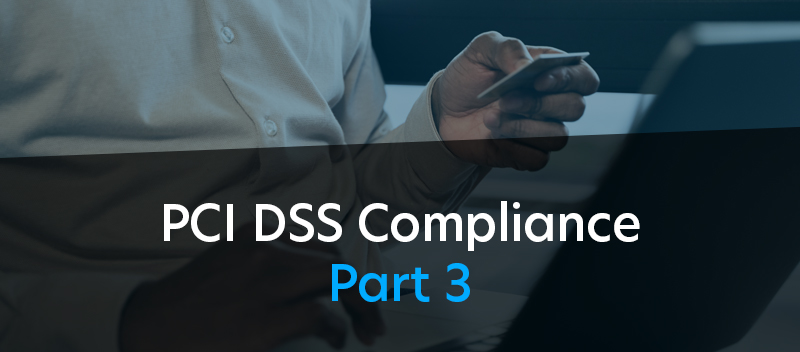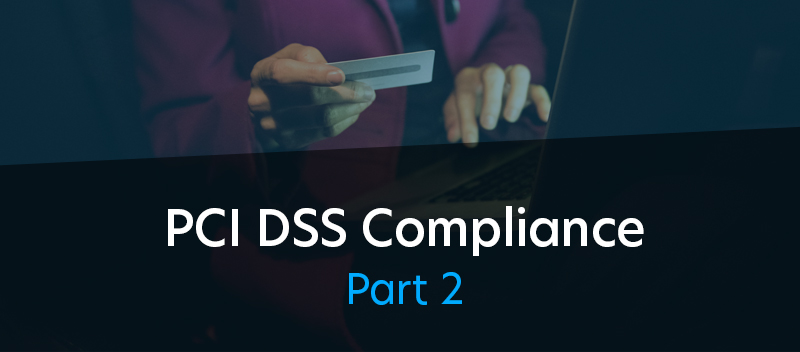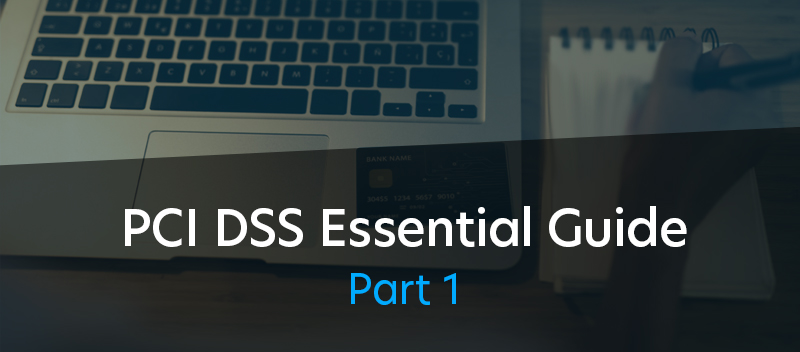Blog Strategic HIPAA Compliance: A Roadmap for Healthcare Data Security
Strategic HIPAA Compliance: A Roadmap for Healthcare Data Security

The Health Insurance Portability and Accountability Act (HIPAA) is a comprehensive framework for protecting sensitive patient data against unauthorized access and breaches. The importance of HIPAA compliance transcends mere regulatory adherence; it is a fundamental aspect that underpins the trust between patients and healthcare providers, safeguarding the integrity of the healthcare system.
However, HIPAA compliance presents many challenges for healthcare organizations. From evolving cyber threats to the intricacies of implementing robust security measures without hampering care accessibility, these entities face a delicate balancing act.
As such, developing a strategic approach to HIPAA compliance is not just beneficial—it is imperative for the continued protection of health information privacy and the overall efficacy of healthcare delivery. Keep reading to learn more.
Understanding HIPAA Compliance
The essence of HIPAA compliance revolves around three fundamental aspects:
Privacy Rule: Established to protect all “individually identifiable health information” held or transmitted by covered entities or their business associates. This rule sets the standards for patient rights to their health information, including the rights to examine and obtain a copy of their health records and to request corrections.
Security Rule: Focuses specifically on electronic protected health information (ePHI) and mandates covered entities to implement physical, technical, and administrative safeguards to ensure the confidentiality, integrity, and security of ePHI.
Breach Notification Rule: Requires covered entities and their business associates to notify patients, the Department of Health and Human Services (HHS), and, in some cases, the media in case of a breach involving unsecured PHI. This rule emphasizes the importance of transparency and swift action to mitigate potential harm from such breaches.
Understanding these components and effectively implementing the required safeguards is essential for HIPAA compliance and protecting patient information.
For more on our HIPAA compliance services, Click Here
Assessing Your HIPAA Compliance Posture
A HIPAA risk assessment involves thoroughly evaluating your organization’s processes, policies, and technologies to identify potential risks to the confidentiality, integrity, and availability of protected health information (PHI).
The following steps can guide you through this critical process:
- Scope and Data Inventory: Begin by defining the scope of your assessment, and identifying all the systems, applications, and workflows where PHI is created, received, maintained, or transmitted. Compile a detailed inventory of this data to ensure comprehensive coverage in your assessment.
- Identify Potential Threats and Vulnerabilities: Assess the potential threats to your PHI, including cyber-attacks, human error, natural disasters, and system failures. Identify vulnerabilities within your systems and processes that these threats could exploit.
- Assess Current Security Measures: Evaluate the effectiveness of your current security measures in protecting against identified threats and vulnerabilities. This includes physical, technical, and administrative safeguards outlined by the HIPAA Security Rule.
- Determine the Likelihood and Impact of Threat Occurrence: For each identified threat and vulnerability, assess the likelihood of occurrence and its potential impact on the confidentiality, integrity, and availability of PHI.
- Prioritize Risks and Develop a Remediation Plan: Based on the assessment, prioritize the risks according to their severity and impact. Develop a remediation plan outlining corrective actions to mitigate these risks, assigning responsibilities and deadlines for implementation.
- Document the Assessment Process and Findings: Maintain comprehensive documentation of the risk assessment process, findings, and remediation plans. This documentation is crucial for demonstrating HIPAA compliance during audits and inspections.
Organizations often uncover gaps and vulnerabilities in their HIPAA compliance efforts upon completing the risk assessment. Typical areas of concern may include:
- insufficient encryption of ePHI,
- lack of employee training on HIPAA policies,
- inadequate access controls,
- and failure to perform regular security updates and patches.
Addressing these vulnerabilities promptly is essential for enhancing your organization’s compliance posture and safeguarding patient information.
Ensuring Compliance and Security in Healthcare with TrustNet
Navigating the complexities of HIPAA compliance requires a strategic approach to ensure the protection and privacy of healthcare data. Healthcare organizations must continuously adapt to evolving regulations and threats, implementing robust security measures and compliance practices.
This is where TrustNet steps in as an indispensable partner. Our comprehensive suite of services helps healthcare entities achieve and easily maintain HIPAA compliance. From risk assessments and audits to tailored security frameworks, TrustNet ensures your organization meets and exceeds the rigorous standards set forth by HIPAA.
By leveraging TrustNet’s expertise, healthcare providers can focus more on delivering quality care, knowing their data security and compliance needs are in expert hands.




